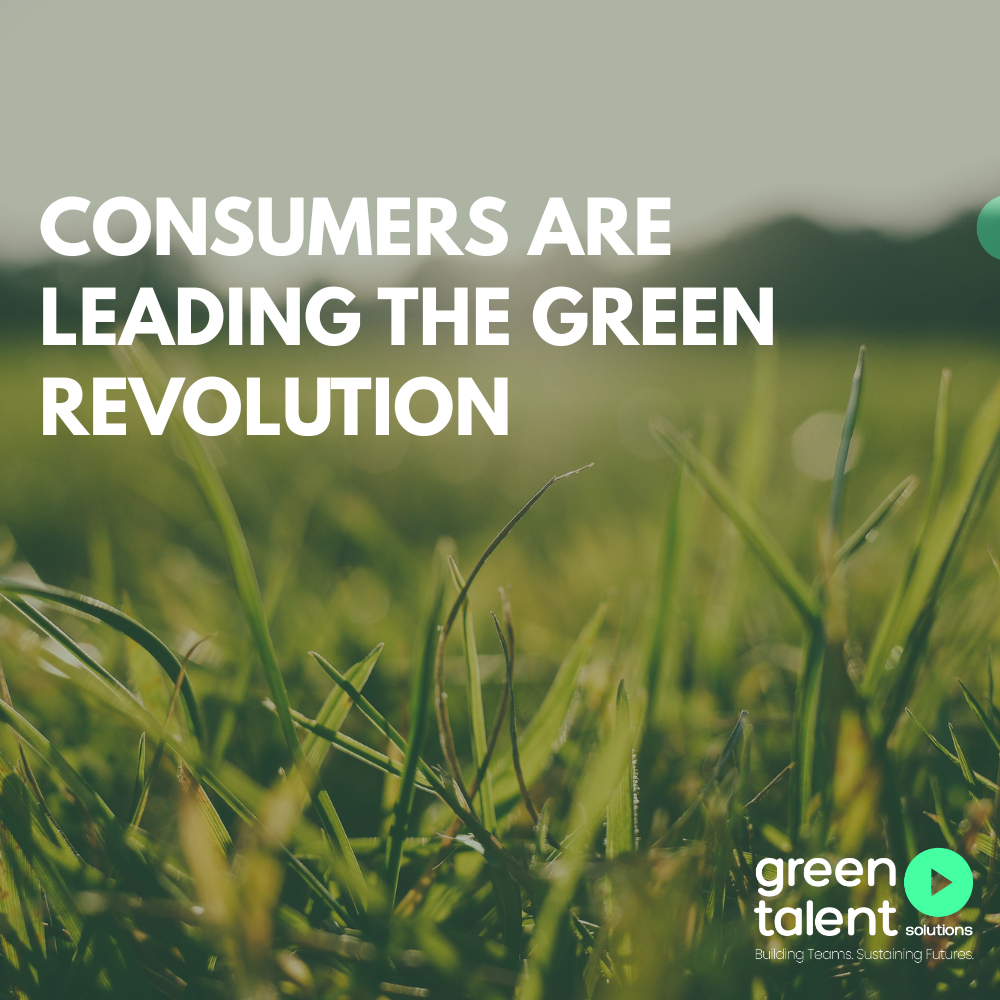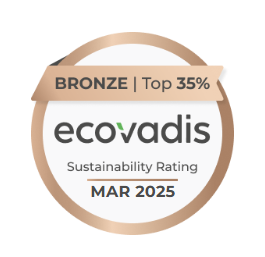Hiring for Impact: What to Look for in ESG Professionals
Hiring For Impact
As environmental, social, and governance (ESG) priorities move higher up the business agenda, organisations are facing a new kind of talent challenge: hiring ESG professionals who can deliver meaningful, measurable impact. With sustainability now linked to reputation, regulation, and long-term profitability, it’s no longer just about finding someone who “gets” ESG, it’s about hiring professionals who can drive it forward.
Whether you're building your first ESG team or scaling an established function, here’s what to look for when hiring talent in this increasingly mission-critical space.
1. Purpose-Driven Mindset with Commercial Awareness
Great ESG professionals are driven by purpose, but they’re also strategic thinkers who understand how sustainability connects to business outcomes. Look for individuals who can speak both the language of impact and the language of business.
Ask questions like:
- How have they influenced ESG outcomes in a business setting?
- Can they balance ethical imperatives with commercial realities?
- Do they understand materiality, what matters most to stakeholders and regulators?
Ideal candidates will be able to align ESG goals with core business strategy and influence senior stakeholders through evidence-based recommendations.
2. Cross-Functional Collaboration and Communication Skills
ESG isn’t a siloed function, it touches everything from finance and HR to supply chains and product development. That’s why communication and stakeholder engagement skills are critical.
The most effective ESG hires will have experience working across departments, translating complex metrics into clear, actionable insights. They’ll be natural collaborators who can:
- Lead cross-functional projects
- Educate internal teams on ESG goals
- Represent the business externally with credibility and clarity
Look for candidates who can bring others along on the journey, because ESG isn’t a one-person job.
3. Technical Expertise and Evolving Knowledge
The ESG landscape is constantly shifting, driven by regulatory updates, investor pressure, and consumer expectations. That means technical expertise and a commitment to continuous learning are non-negotiables.
Depending on the role, this might include:
- Deep understanding of ESG frameworks (e.g., TCFD, SFDR, GRI)
- Experience with ESG reporting tools and standards
- Data and analytical skills to track KPIs and assess performance
You want someone who can stay ahead of evolving requirements and who’s excited to adapt, innovate, and lead change.
4. Measurable Impact, Not Just Policy Knowledge
It’s easy to hire someone who talks the talk, but ESG success lies in action and accountability. Candidates should be able to demonstrate tangible outcomes from past roles, such as:
- Reductions in carbon emissions
- Improvements in diversity metrics
- Enhanced ESG ratings or reporting scores
Hiring for impact means hiring people who are results-oriented, who can quantify progress, and who have a track record of turning ESG vision into operational reality.
Finding the Right Fit for Your ESG Strategy
The ESG landscape is evolving fast, and the pressure is on businesses to move from intention to impact. Whether you're hiring a Head of ESG, a Sustainability Analyst, or building an entire team, it’s crucial to find individuals who bring the right mix of purpose, technical capability, and strategic vision.
At Green Talent Solutions, we specialise in connecting organisations with the ESG professionals who can lead meaningful change, because doing good should also mean doing it well. Get in touch with Jake Carrington to find out more.
Green Talent Insights














